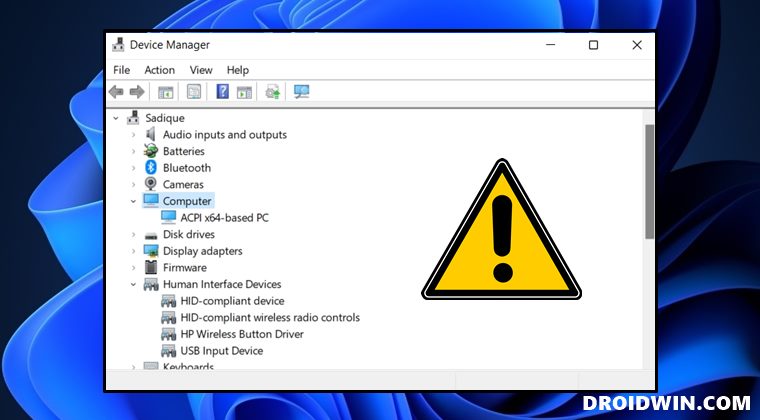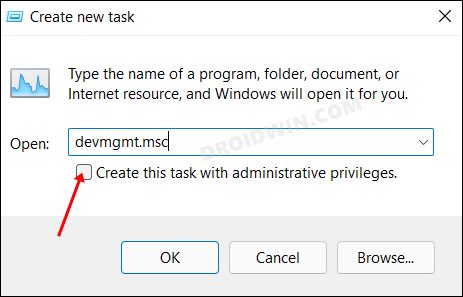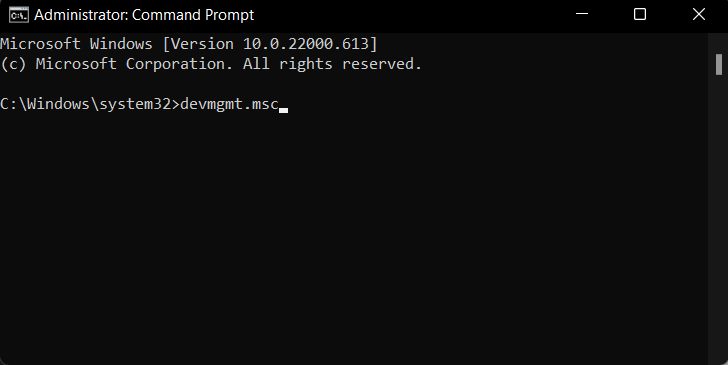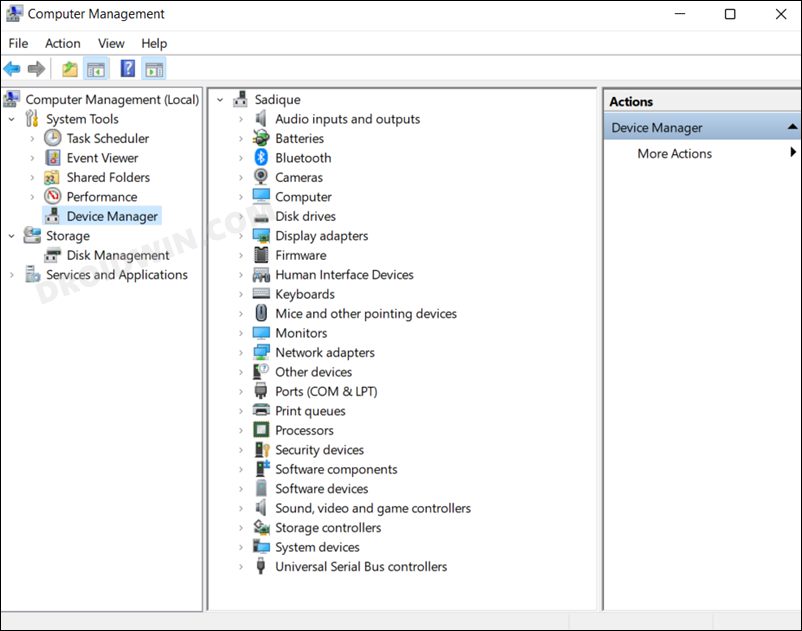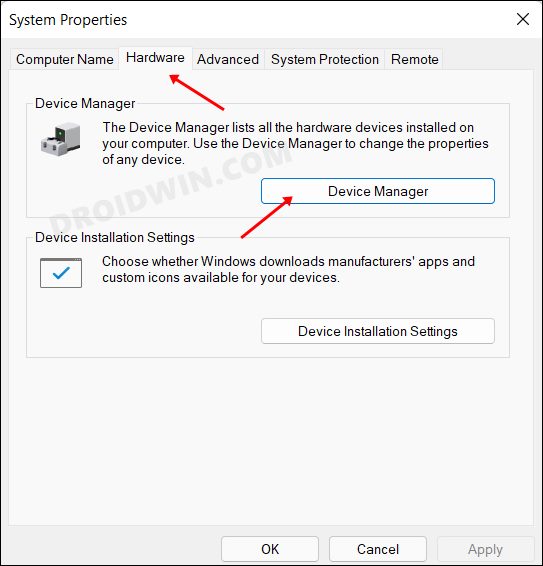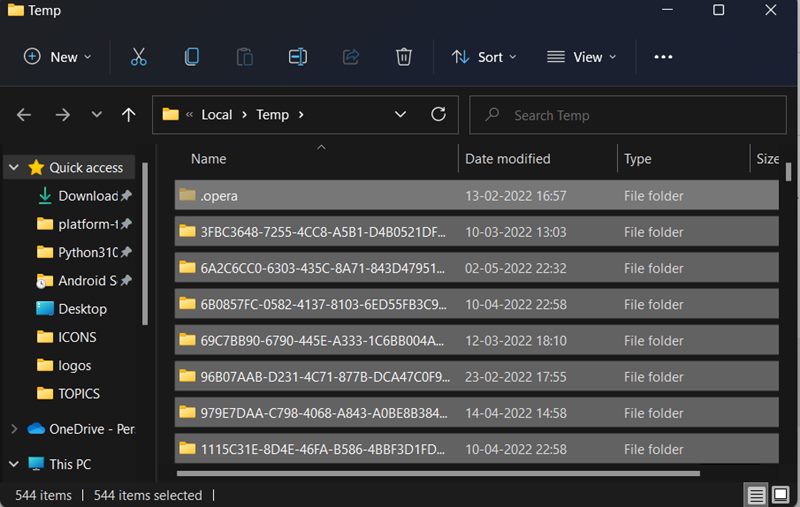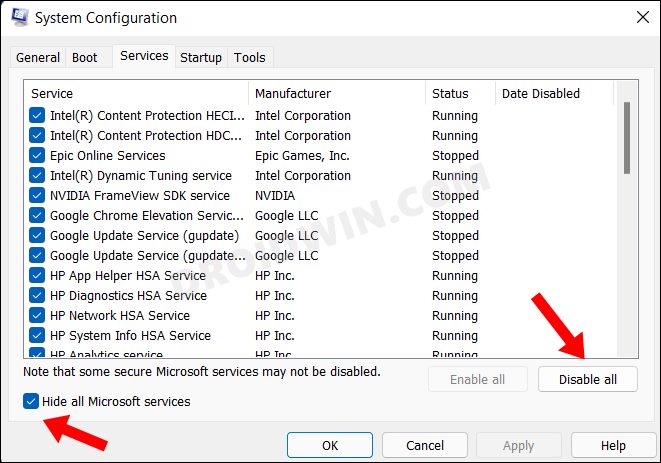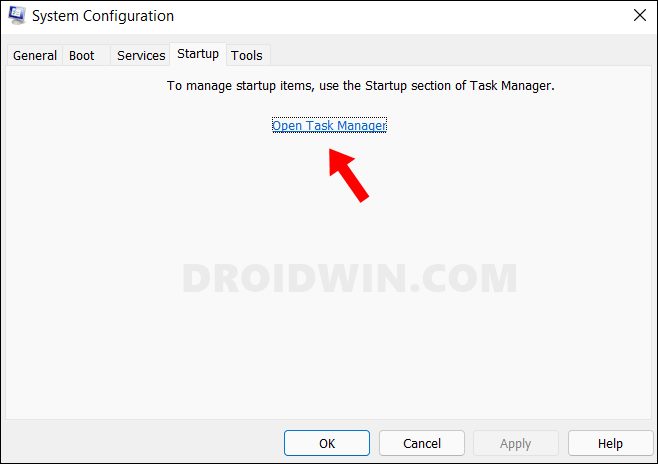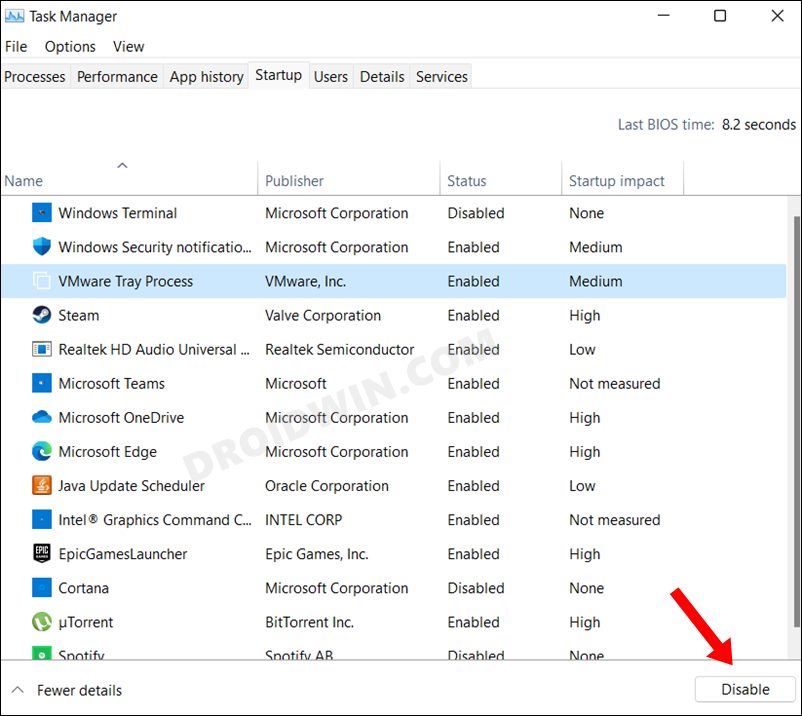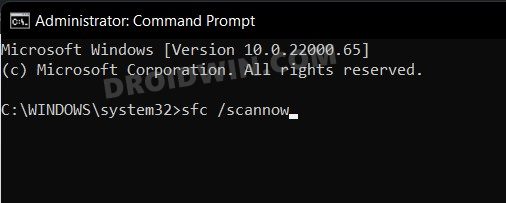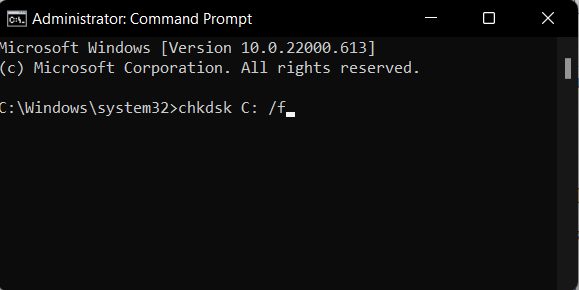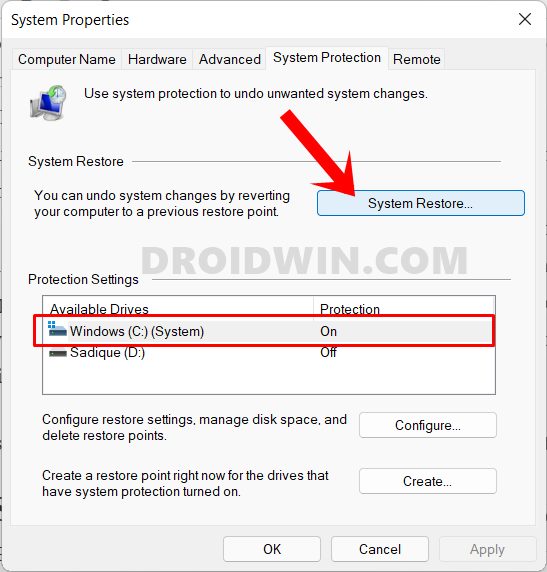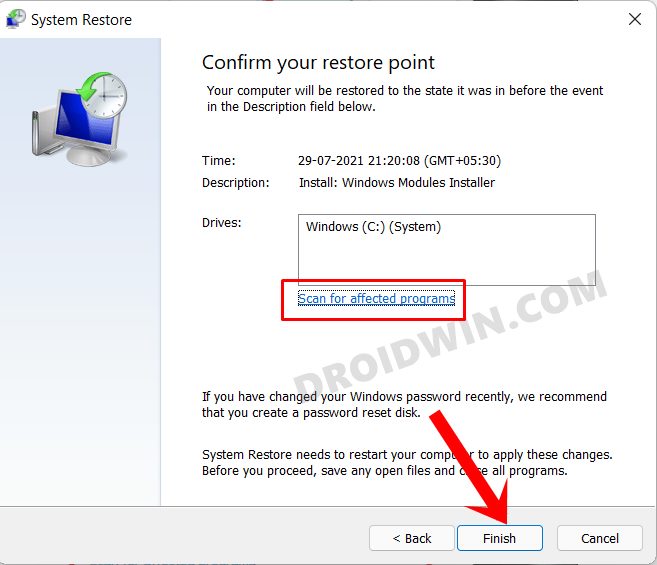In this regard, some users have voiced their concern that the Device Manager is not working on their Windows 10/11 PC. Some users have reported that the app fails to launch in the first place, whereas others have said that they are unable to access it due to it being blocked for security reasons. If you are also getting bugged with this issue, then this guide will make you aware of some nifty workarounds that will help you resolve this issue. Follow along.
How to Fix Device Manager not working in Windows
It is recommended that you try out each of the below-mentioned workarounds and then see which one spells out success for you. So with that in mind, let’s get started.
FIX 1 Run Device Manager as Admin
To begin with, you should consider launching Device Manager with an elevated permission set. Here’s how it could be done-
FIX 2 Open Device Manager via Alternate Methods
Some of the most commonly used methods to access Device Manager include the Windows X shortcut, right-clicking on the Windows icon, or accessing it from the Start Menu. However, there exist some slightly more technical ways to get this job done as well. So let’s try them out and check out the results.
Via Powershell/Command Prompt
Via Computer Management
From System Properties
FIX 3: Delete Temporary Files
In some instances, the temporarily stored files could lead to a few conflicts with the proper functioning of your PC. Therefore, you should consider deleting these cached files and then test out the results.
FIX 4: Use Windows Troubleshooter
Windows comes built-in with quite a few troubleshooter apps that scan for issues and bring out the related fixes. As for the current issue, we will be using the System Maintenance and the Hardware and Devices troubleshooters, as they are the best fit to resolve this bug.
FIX 5: Boot to Safe Mode
In some instances, a third-party app might conflict with the OS functionality as well. The best way to verify and hence rectify this issue is to boot your PC to the Safe Mode. Doing so will disable all the third-party apps and give you the stock environment with just the system apps. If you are able to select multiple files in this mode, then the culprit is an app or software. Therefore, you should consider uninstalling the recently installed apps after which the issue first came to light. Here’s how:
FIX 6: Disable Third-Party Service
A third-party service could also create a few roadblocks in the functioning of this feature. Therefore, you should consider disabling all the non-Microsoft-related services and then test out the results. Here’s how it could be done
FIX 7: Use SFC and DISM Commands
System File Checker and Deployment Image Servicing and Management are two command-line utility tools that scan for corrupt Windows files and then replace them with their working counterpart. The major difference between the two is whereas the SFC replaces the corrupt files with the working ones from the cached directory on your PC, DISM does so by downloading the working files from the online Microsoft servers. And as of now, we would be making use of both these tools to fix the underlying issue.
FIX 8: Run CHKDSK Command
If there are any bad sectors on your disk or if some system files have got corrupted, then it could result in the underlying issue that we are currently facing. In such cases, you could make use of the Check Disk command-line tool and get these issues rectified. Here’s how
FIX 9: Update/Reinstall Microsoft Visual C++
Microsoft Visual C is an important component upon which many system apps and OS components are dependent. So if there are any issues with its libraries, then its repercussions are bound to be faced with the associated system frameworks. To resolve it, you should consider updating it to the latest build or if that doesn’t work out, then reinstall them from scratch. Here’s how-
FIX 10: Use a Restore Point
If none of the aforementioned methods spelled out success, then you should consider restoring your system to an earlier point during which it was free from this issue. Here’s how it could be done So with this, we round off the guide on how you could fix the issue of Device Manager not working issue on your Windows PC. We have listed ten different methods for the same. Do let us know in the comments section which one spelled out success for you. Likewise, all your queries are welcomed in the comments below.
Fix: Task Manager not opening or working in Windows 11Disable Let’s finish setting up your device screen in Windows 11How to Block Files, Folders, and Apps from being accessed in Windows 11How to Hide Items from the Settings menu in Windows [3 Methods]
About Chief Editor
